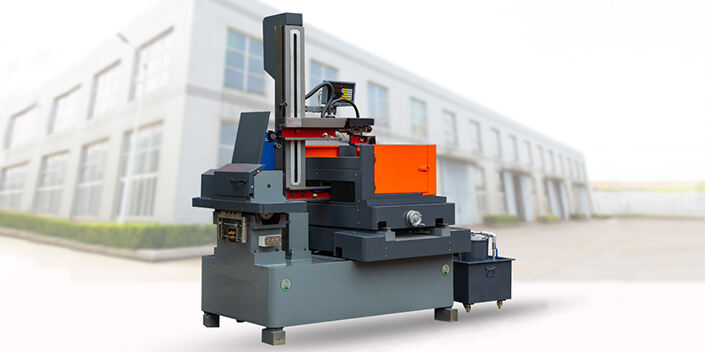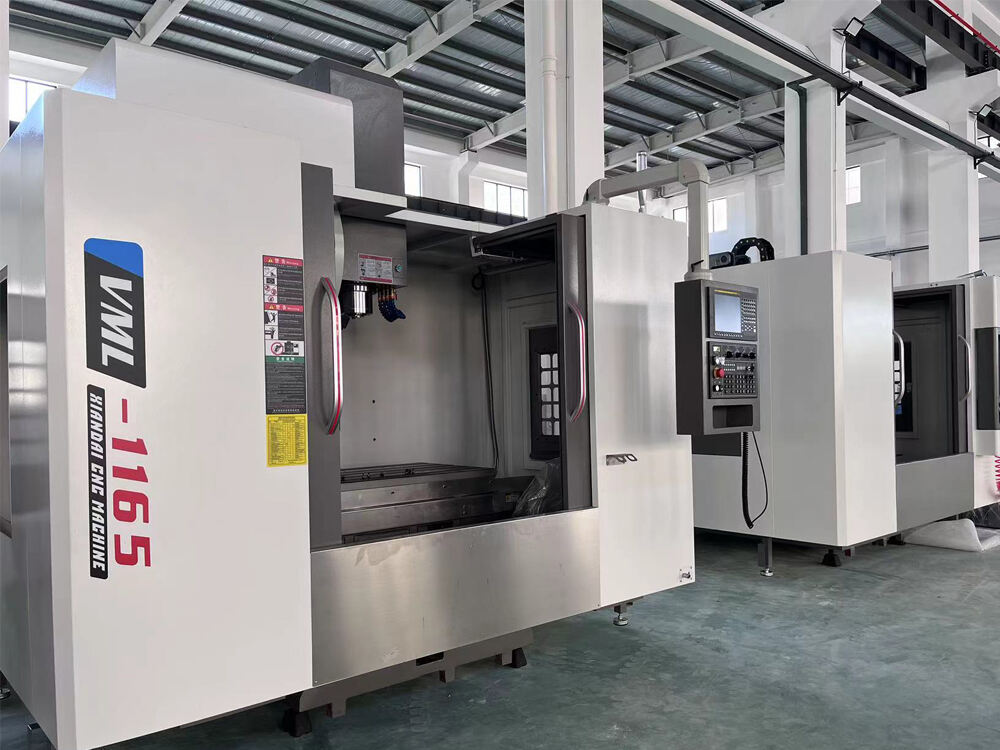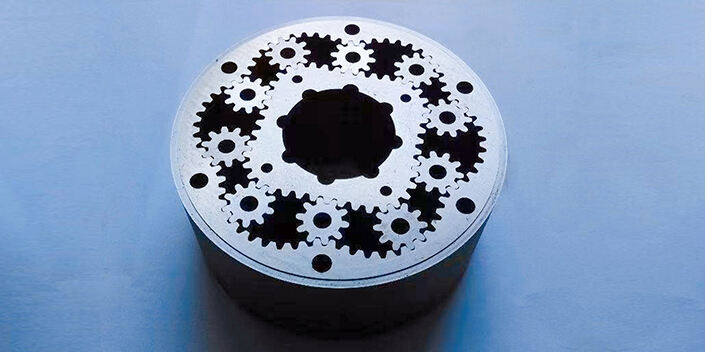The Evolution of Machining Centers: From 3-Axis to Multi-Process Integration
Traditional 3-Axis Limitations
Standard 3 axis machining centers can only move along three directions X, Y and Z. This basic limitation means they struggle with creating complex shapes that many industries need these days. Operators have to keep moving parts by hand between operations, which takes extra time and opens the door for mistakes. When dealing with intricate designs, shops end up needing several different setups throughout production. All this adds up to higher costs and slower output. Because of these restrictions, traditional 3 axis machines just don't cut it anymore for manufacturers who require detailed components with tight tolerances.
Breakthroughs in Multi-Axis Technology
Five axis machining centers changed everything when it comes to working with materials from different angles at once, giving designers way more freedom to create intricate shapes. These machines can achieve levels of detail and precision that just weren't possible with old school three axis setups which often left gaps or required extra steps. Software improvements over recent years made these advanced machines accessible even for smaller shops looking to take on complicated projects they previously couldn't handle. What's really interesting though is how sensor tech and automated features keep getting better too. Shops report faster turnaround times because errors get caught earlier in the process, and some companies claim their output doubled after upgrading. The aerospace and medical device sectors especially need this kind of capability now as customers want components with tighter tolerances and more complex geometries than ever before.
Incorporating EDM and Laser Cutting
Bringing Electrical Discharge Machining (EDM) together with laser cutting technology inside modern machining centers has really expanded what these machines can do, especially when working with tough materials. EDM gives manufacturers something traditional cutting just cant match it creates those intricate shapes that would otherwise be impossible to produce. When paired with laser cutting, the whole process gets much faster while still maintaining incredible detail. This matters a lot in fields like aerospace engineering and medical device manufacturing, where even small errors can have big consequences. The way these technologies keep improving shows how machining is constantly evolving to meet tougher requirements across different industries day after day.
Key Benefits of Multi-Process Machining Centers
Enhanced Precision and Reduced Tolerances
Multi process machining centers boost precision because they allow for continuous operations without needing to reset between different stages. The latest control systems along with real time monitoring help keep outputs consistent across batches, which cuts down on those pesky tolerance issues that plague traditional methods. Some recent research from MIT's manufacturing lab actually shows that when shops combine turning, milling and drilling in one setup, accuracy improves around 30 percent compared to separate processes. For manufacturers dealing with tight specs, this kind of improvement means fewer rejects and better overall product quality. Many machine shops we've talked to report seeing tangible results within just a few months after upgrading their equipment, making these centers a smart investment for anyone serious about staying competitive in today's market.
Streamlined Production with Fewer Setups
When shops combine several machining steps in one setup, they cut down on all that time spent getting tools ready and setting up fixtures. The result? Machines run smoother without so many stops and starts, which works really well in factories trying to streamline operations. Fewer setups mean companies don't have to keep inventory piling up everywhere. Instead, they can produce parts right when needed, responding faster to what customers want without sacrificing product standards. Many machine shops have found this approach saves them money in the long run while still keeping their products up to spec.
Superior Surface Finishes and Tool Longevity
When different machining processes come together in multi-process centers, they produce really good surface finishes that actually hit those tough industry specs most companies struggle with. The cutting tools in these setups last longer too, which means fewer replacements down the line. Some studies have shown that certain configurations of these multi-process systems can boost tool life anywhere from 30% to even 40% in some cases. That kind of improvement adds up fast when looking at maintenance budgets. Combine all this with consistently better finish quality and what we see is why so many manufacturers are making the switch to these integrated machining solutions for their production needs.
Electrical Discharge Machining (EDM) and Laser Integration
Wire EDM in Complex Part Fabrication
Wire EDM stands out as an excellent way to cut intricate shapes from hard materials that regular cutting tools struggle with. Industries such as aerospace and automotive manufacturing find this technique especially useful when making complicated components that need both accuracy and minimal material waste. Because wire EDM can hit very tight tolerances, many companies have started replacing their old multi-step processes that took extra time and effort. For shops trying to keep quality high without wasting resources, this technology makes a real difference in their bottom line and product consistency across different production runs.
Laser Cutting for Intricate Designs
Laser cutting has become really versatile these days, allowing shops to produce complex parts while wasting very little material. Recent improvements in laser tech mean machines can cut through stuff much quicker than before, plus they work on all sorts of different materials now from metals to plastics. Many factories have started combining laser cutting with traditional machining methods, and according to some shop floor reports, this mixed approach cuts down production times by around 30% in certain cases. The savings add up fast when looking at overall operational costs. For companies needing those super detailed parts that still need to pass strict quality checks, this hybrid method works wonders across industries like aerospace and medical device manufacturing where tolerances are tight and perfection matters.
Industry-Specific Applications of Advanced Machining
Aerospace Component Manufacturing
The aerospace sector really needs parts that are both light and tough, which is why shops rely heavily on cutting edge machining methods such as 5 axis milling and EDM work. These tech options let factories crank out quality parts that hit tight tolerances without breaking a sweat. The industry keeps pushing for tighter specs all the time, especially when it comes to engine components and structural elements where even minor deviations matter a lot. Shops that have adopted these newer processes report getting their projects done much quicker than before. Faster turnaround means companies can take on more orders and actually spend some time developing new ideas instead of just chasing deadlines. Some manufacturers have started experimenting with hybrid approaches combining traditional and modern techniques to push boundaries further.
Medical Device Production Demands
Making medical devices requires really tight quality control measures along with extremely accurate machining work, something that modern machining centers are pretty good at handling. What sets these centers apart is their ability to customize manufacturing processes for those special components used in surgical tools and implantable devices. According to some recent studies from folks who track this stuff, when manufacturers adopt multi-process tech in their operations, they can actually cut down on production time by around 20 percent. That kind of boost makes it easier for companies to stick to all those regulations while still getting top notch medical gear out the door quickly enough for hospitals and clinics. And as production gets faster and better, we see more room for innovation across the whole field of medical technology.




